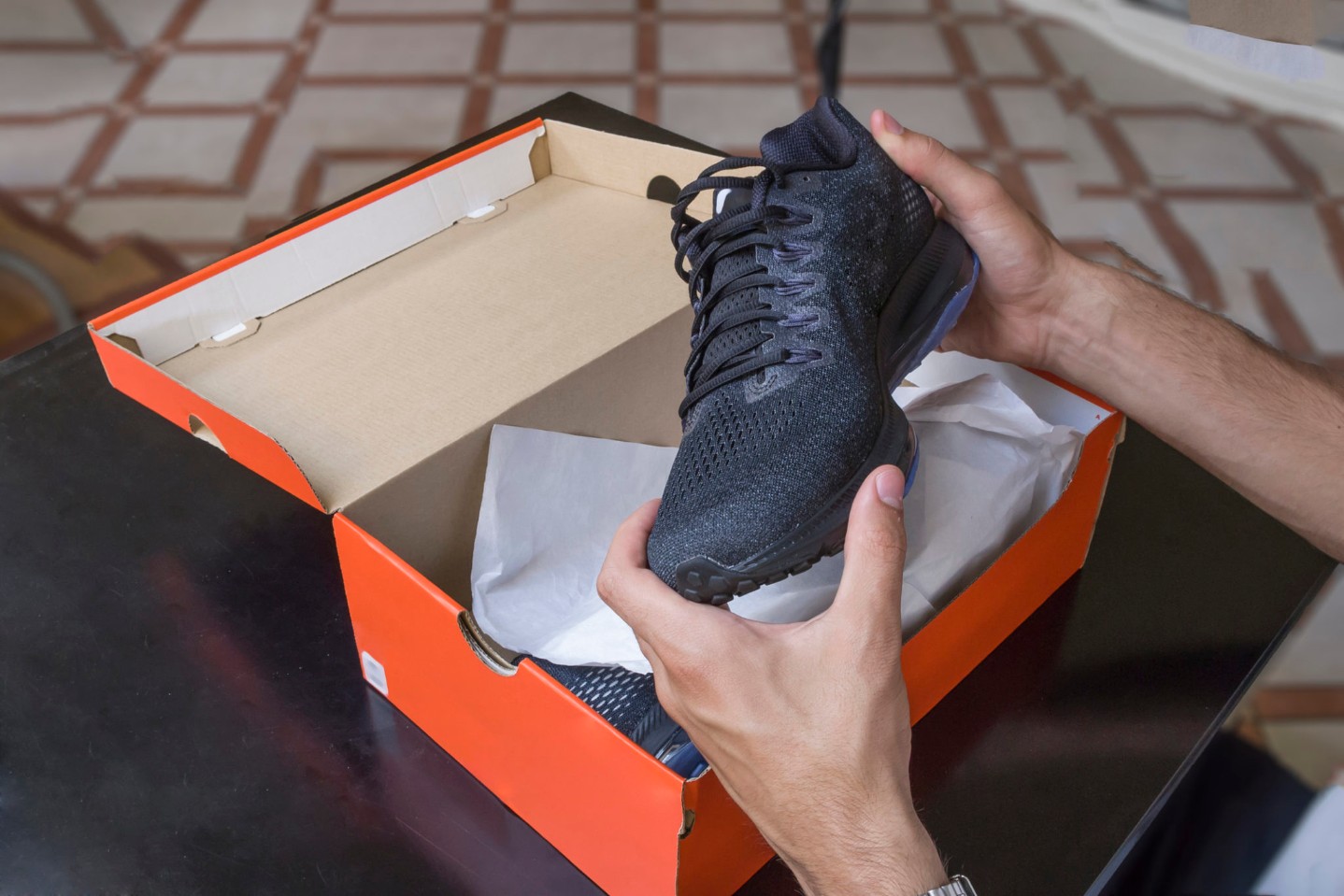Snow Shoveling for a Pain-Free Winter
DEC 16, 2025Proper snow shoveling technique, avoiding twisting motions, and choosing the right tools are a few ways to have a pain free winter when shoveling snow is necessary.
Read More
Often patients come to me when starting a new workout regimen asking about appropriate shoes, whether it's walking, running, biking, cycling, or a fitness class. It’s difficult for me to tell them a specific brand or this specific shoe because it depends on the patient's foot structure and how it fits their foot.
If you find a type of shoe and that particular brand and model really works well for you, I recommend sticking with it through the years.
When it comes to when you should change your shoes, usually it's between every 400 to 500 miles, which usually adds up pretty quickly if you're wearing that shoe quite a bit, so typically every 6 months to 8 months I recommend obtaining new shoe gear if you're wearing it all the time while you're working out.
If you try different shoes and continue to have foot pain, it may be time to see a foot and ankle specialist.

Proper snow shoveling technique, avoiding twisting motions, and choosing the right tools are a few ways to have a pain free winter when shoveling snow is necessary.
Read More
Radiation's ability to precisely target and affect rapidly dividing cells isn't just useful for cancer - it can be a game-changer for osteoarthritis and more.
Read More
A common misconception about bunions is that they are a growth on the foot, but in reality a bunion is a failure of the anatomy around the big toe.
Read MoreWhen you need local health information from a trusted source, turn to the CHI Health Better You eNewsletter.